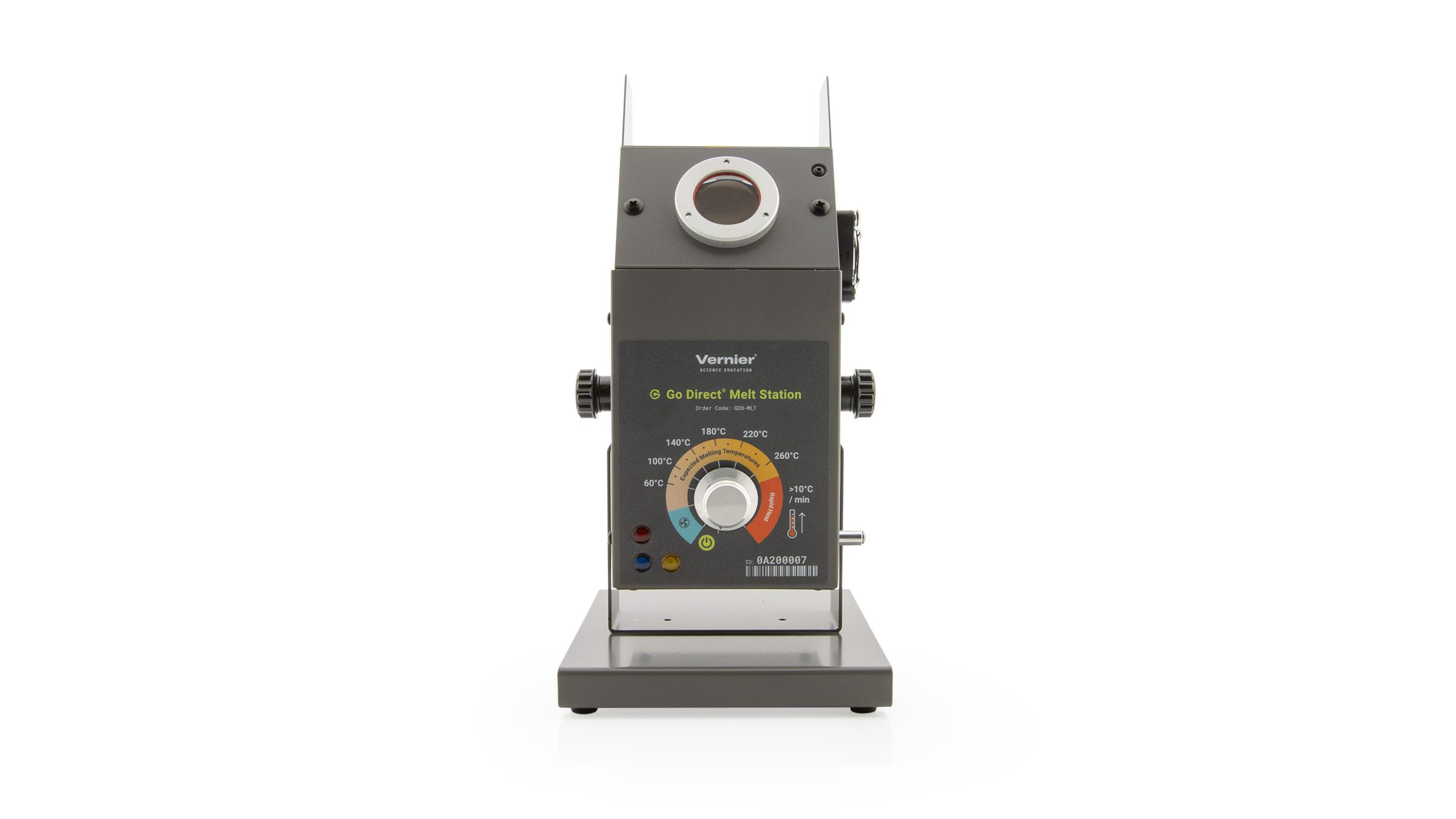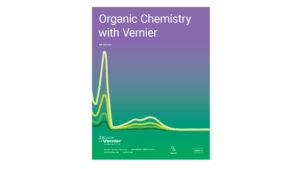Introduction
A fundamental purification technique for organic solids is recrystallization, which uses the different solubility of solutes in a solvent. Generally, compounds isolated from organic reactions are impure and require purification to obtain the desired clean product. Recrystallization is a purification process because the slowly growing crystals incorporate only those same molecules that fit correctly into the crystal lattice. The impurities that do not fit into the crystal lattice remain in solution.
The solubility of the compound in the recrystallization solvent is important. In general, a minimal amount of hot solvent would completely dissolve the compound to be purified. Upon cooling, the impurities will remain in solution as the desired compound crystallizes. A suitable recrystallization solvent should also be somewhat volatile in order to be easily removed from the purified crystals.
If the cooling process is allowed to proceed slowly, nearly pure crystals of the compound will form. If the solution is cooled too quickly, the impurities will precipitate out of the solution along with the desired product. Once crystallized, the solid can be collected by vacuum filtration, washed with cold solvent, and dried. The purity of the recovered solid can be analyzed by determining the melting temperature.
Objectives
In this experiment, you will
- Recrystallize a sample of contaminated benzoic acid.
- Test the solubility of acetylsalicylic acid.
- Recrystallize acetylsalicylic acid from aspirin.
- Characterize the compounds by melting temperature analysis.
Sensors and Equipment
This experiment features the following sensors and equipment. Additional equipment may be required.
Ready to Experiment?
Ask an Expert
Get answers to your questions about how to teach this experiment with our support team.
- Call toll-free: 888-837-6437
- Chat with Us
- Email support@vernier.com
Purchase the Lab Book
This experiment is #2 of Organic Chemistry with Vernier. The experiment in the book includes student instructions as well as instructor information for set up, helpful hints, and sample graphs and data.





